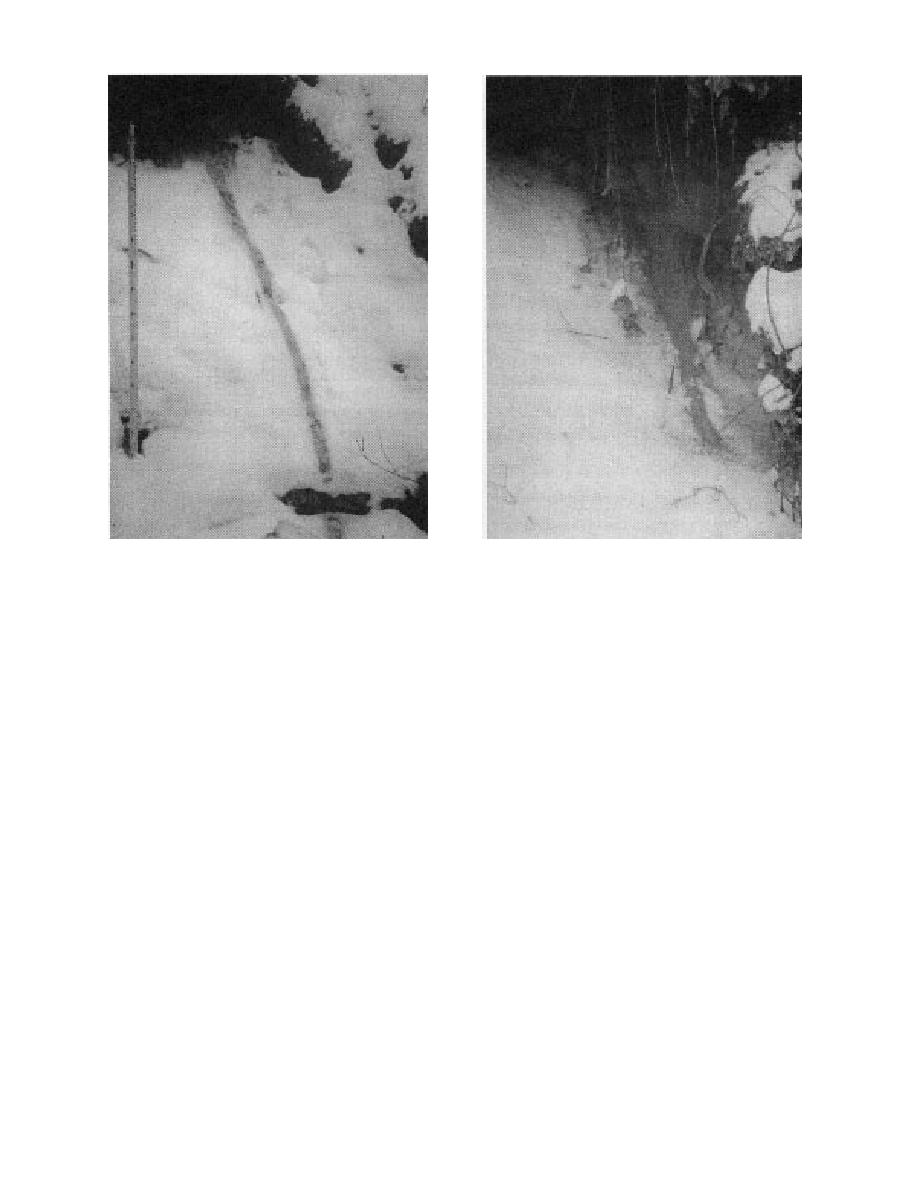
Figure 7. Sediment sloughed off a bank due to ground ice sublimation or melting, Wilder Lake, Connecticut River,
Vermont.
as a vertical displacement, it also causes soil move-
and others (1988) observed that sediment failure
ment in any direction (Burdick et al. 1978).
due to sublimation (Fig. 8) is more significant
The mechanisms of frost heave differ depend-
along north-facing banks because freezing along
ing on the temperature gradient and water sup-
north-facing banks is more intense than along
ply. A high temperature gradient at the begin-
south-facing banks; north-facing banks often
ning of freezing favors needle-ice growth while
freeze earlier and deeper than south-facing banks.
a lower gradient and good water supply lead to
In general, frozen bank sediment is more resis-
ice lenses (Coutard et al. 1988). Such frost heav-
tant to erosion than unfrozen sediment during
ing along exposed bank soils could be exacer-
summer months (Reid 1985), and I conclude that
bated by the presence of numerous open cracks
the soil loss and the volume of unstable soil would
and fissures in the soil or root channels, which
be minimal during the winter (Table 2).
can increase the average permeability of soil and
conduct water readily to the freezing zone (Ander-
Spring
son et al. 1978).
Soil thawfreeze cycles
Soil failures
In the spring, significant thawing and limited
I have observed that before any major spring
refreezing of the surface soil begins as daily air
thaw, midwinter sloughing of bank sediment
temperatures rise and solar insolation increases
grains or aggregates occurs when interstitial ice
(Table 2). Even when ground ice has not been
along a frozen bank face sublimates or thaws to a
segregated into lenses and a soil has not been
shallow depth. The grains or aggregates are re-
heaved during the winter, soil structure will likely
leased and can accumulate on the bank face, or if
have been disrupted to some degree by ice in the
the bank is steep enough, can move down the face
soil voids, so that a weakened soil mass results
and accumulate at the toe of a bank (Fig. 7). Reid
upon thaw (Anderson and others 1978).
9





 Previous Page
Previous Page
